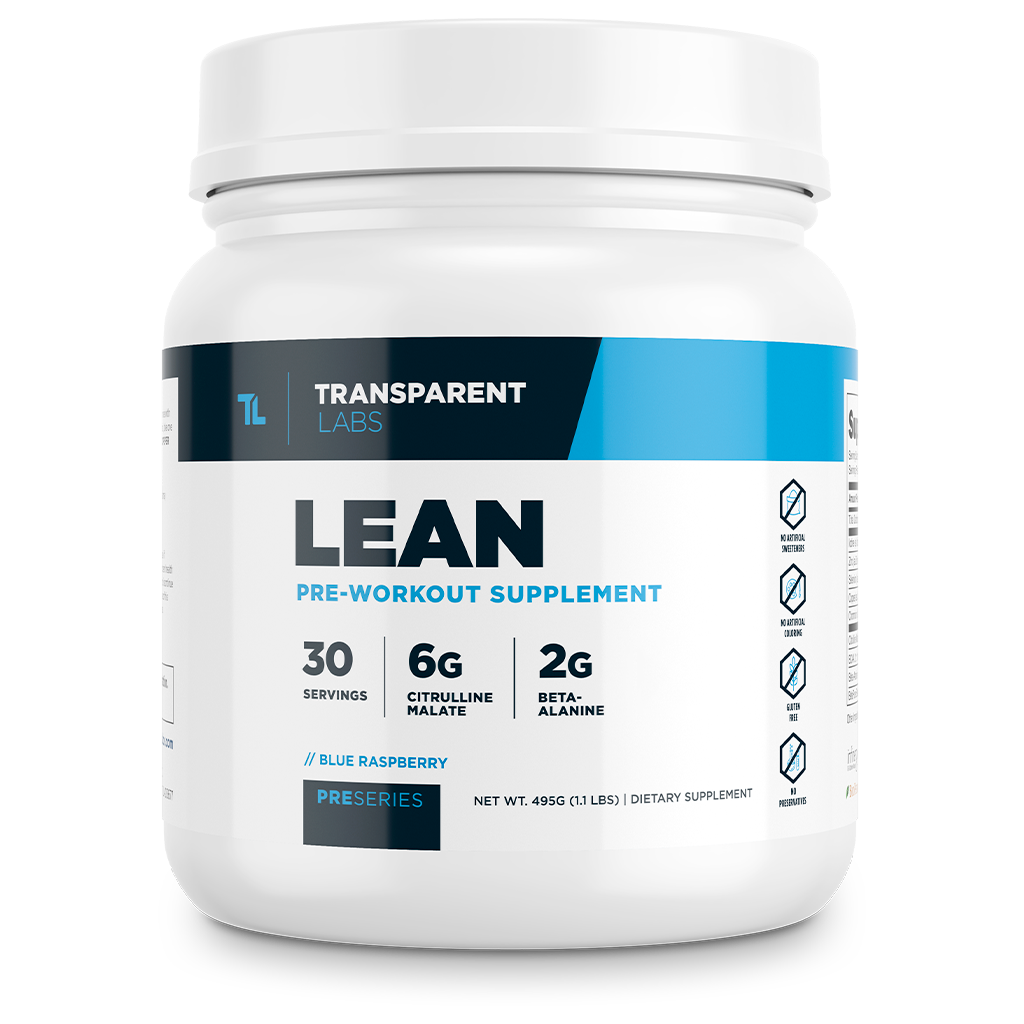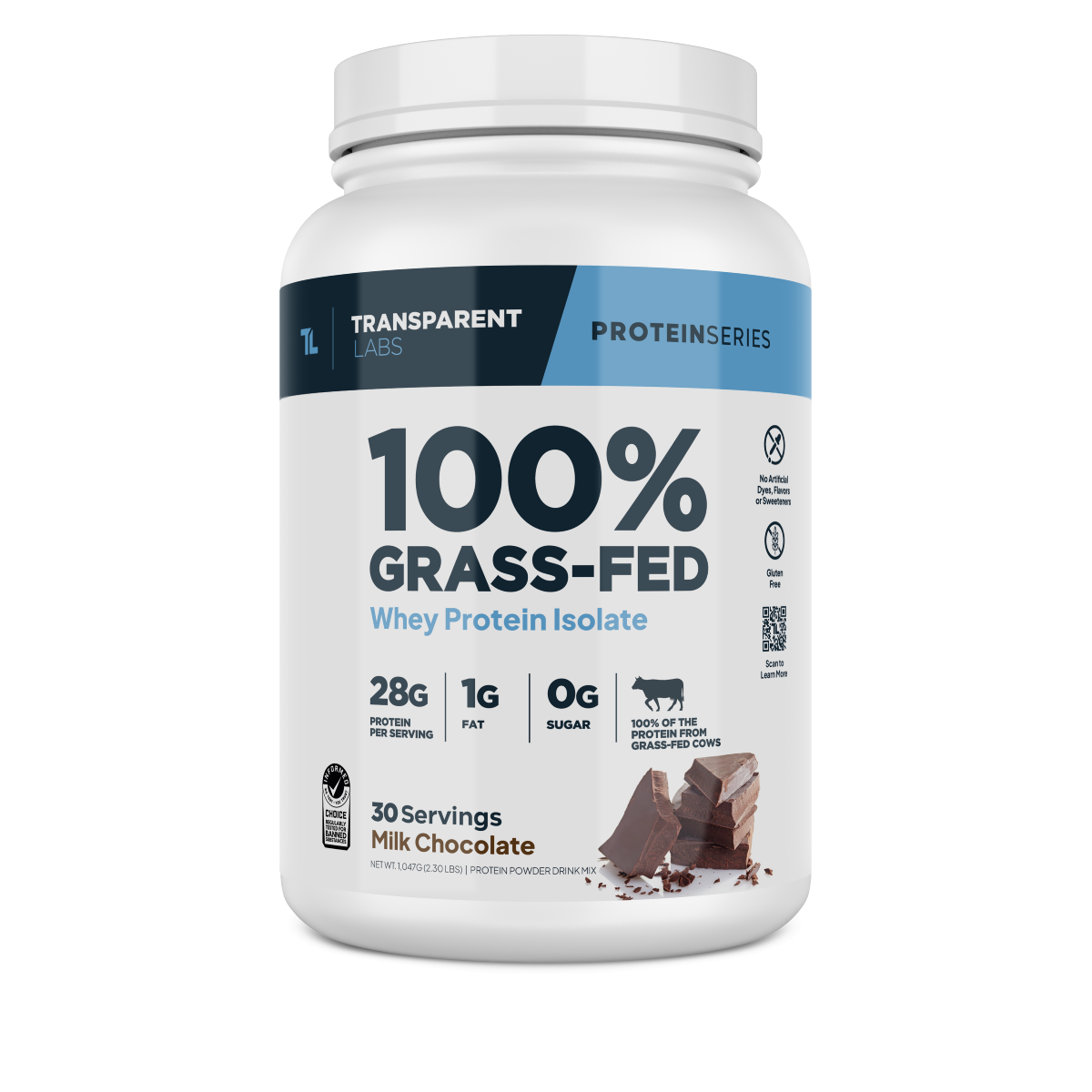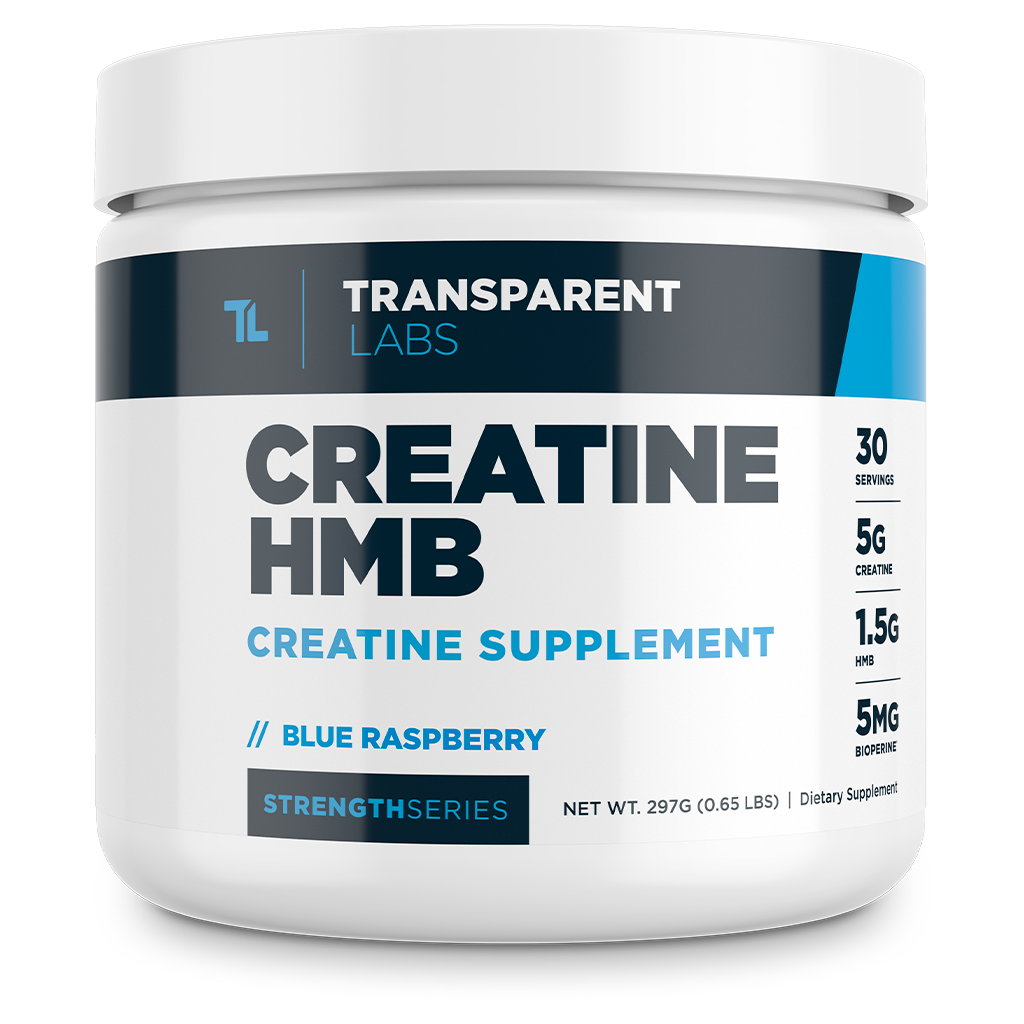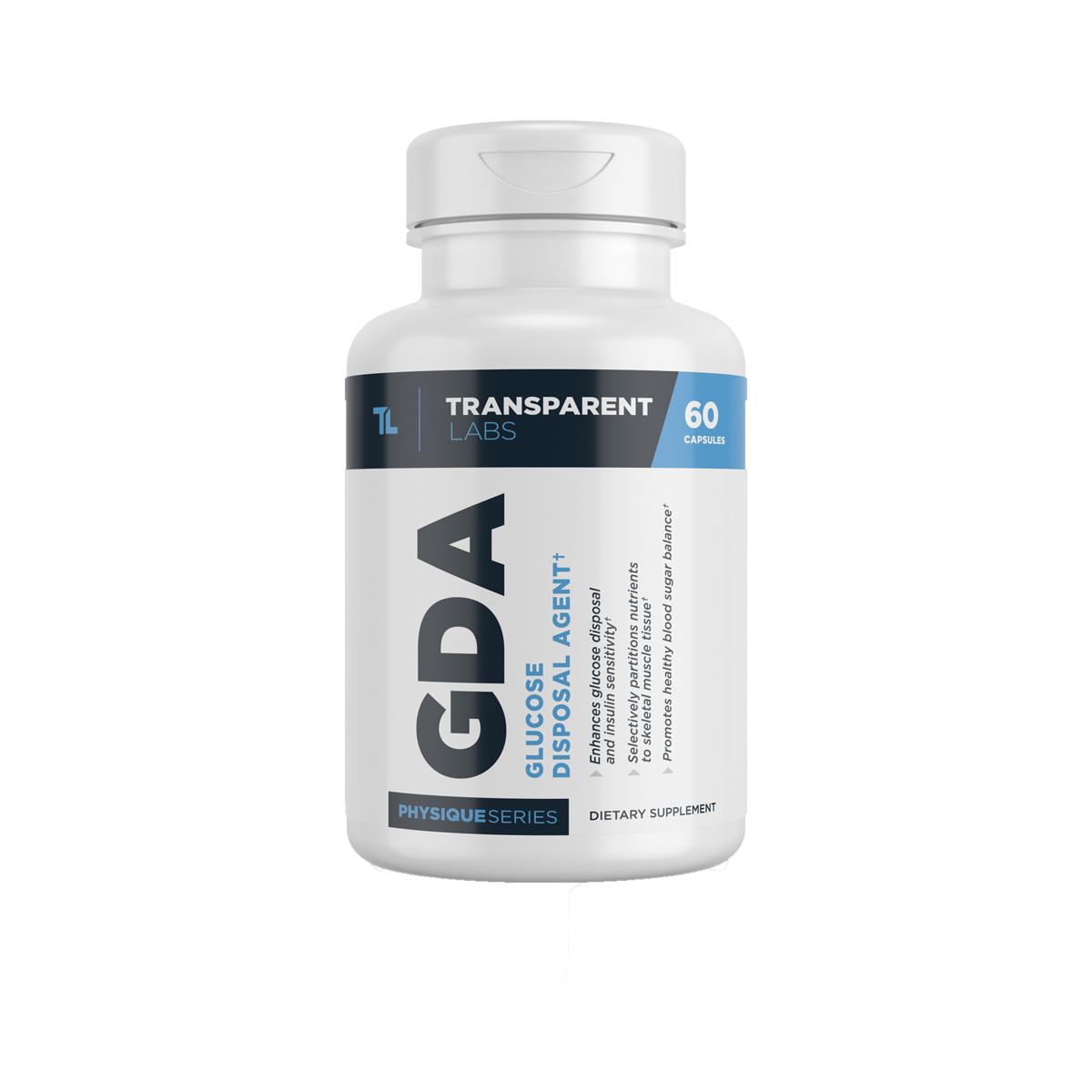High Reps vs. Low Reps: Which Builds Muscle Best?

High Reps vs. Low Reps for Muscle Growth and Strength: Which is Best?
Building muscle mass is a common goal among gym-goers, bodybuilders, and athletes alike. Naturally, there are many theories about the "optimal" rep range for muscle hypertrophy. In reality, there is merit to lifting heavy weight for low reps, moderate weight for moderate reps, and light weight for high reps. In other words: You can build plenty of muscle by incorporating multiple rep ranges into your workouts, whether you're a beginner or inveterate pumper of iron.
Research and years of training have previously shown that the rep range of 1-6 per set is best for increasing muscle strength; 7-12 reps per set is best for increasing muscle growth; and reps of 12 and higher are best for increasing muscle endurance.
That being said, to increase size and strength (e.g. one-rep max), it's safe to say that lifting heavy weights for low reps is essential. After all, if your goal is to improve your one-, two-, or three-rep max on squats, it doesn't make much sense to lift minimal loads for ultra-high reps.
Think of weight lifting like practice; you don't get better at anything without practicing it. Your muscle fibers (and nervous system) need to be stimulated with the appropriate amount of weight and rep ranges to adapt, grow, and contract more forcefully.
So, let's take a deeper look at what science shows about using different rep ranges for increasing strength and muscle fiber size.
Reps for Muscle Growth the Muscular Strength-Endurance Continuum
Reps for Muscle Growth: To grow and strengthen your muscles, you need to push them beyond their usual limits. Typically, performing 8-12 reps for 3-6 sets can increase muscle size effectively.
As stated, conventional bodybuilding wisdom tells us that muscle tissue hypertrophy (growth) occurs optimally in the range of 8-12 reps per set. Assuming you're lifting to near-failure on most sets, you should be able to use about 75-80% of your one-rep max while completing 8-12 reps.
For example, if your current one-rep max on the bench press is 225 lbs, then it's reasonable to say you can lift 180 lbs for about 8 reps before reaching muscular failure. While you really can't "go wrong" with sticking to a middle-of-the-road rep range, it's not necessarily "optimal" for building muscle mass.
But what happens when you go outside of the esteemed "muscle-building rep range" of 8-12 reps per set?
Well, a lot, frankly. For one, increasing maximal muscular strength is a foundation for long-term muscle growth. It's no coincidence that strength athletes like competitive powerlifters and strongmen generally have an appreciable amount of muscle mass.
The strength-endurance continuum concept posits that muscle strength increases as we become proficient at lifting relatively heavy weights for low reps. In contrast, muscular endurance increases as repetitions increase and load is reduced [1]. In general, this concept holds for strength and endurance, but there are upper and lower bounds to the rep ranges that optimize muscle growth.
Heavy Weights for Low Reps vs. Light Weights for High Reps
In short, training heavier weights with lower reps is known to promote muscle mass, whereas lighter weights with higher reps improve muscle endurance. With that said, depending on your goals, combining both approaches can better lead to long-term success as opposed to relying solely on one.
Lifting heavy weights for low reps indeed recruits the greatest amount of type-2 fast-twitch muscle fibers, which also happen to be the largest muscle fibers. Hence, being strong is critical for muscle growth.
Yet, it's not proper to rule out the benefits of performing sets of high-reps with light weight. Focusing purely on strength-building rep ranges (e.g. sets of 1-4 reps with heavy weights) is unlikely to provide the necessary muscle fiber stimulation for robust growth.
Why is that, you ask?
Scientific evidence suggests that muscle hypertrophy, but not muscle strength, is ultimately a corollary of total training volume, which accounts for the number of reps completed, sets performed, and amount of weight lifted [2]. As such, lifting lighter weights for higher reps allows you to stimulate muscle with enough volume while reducing the taxing effects of low-rep, heavy-weight training on the nervous system.
Relying exclusively on low reps with heavy weight is particularly fatiguing on the neuromuscular system. Your brain is responsible for triggering the action potentials that fire your muscles and cause them to contract forcefully. As you accrue fatigue from chronically lifting heavy weights, the neuromuscular system starts to lose its capacity to keep up with the "stress." Eventually, you feel burned out and strength decreases.
Thus, many powerlifters will take deload weeks every so often where they reduce weight on the bar and increase reps. Doing so helps "reset" the neuromuscular system and restore strength [3].
As you can imagine, it's tough to sustain the necessary training volume for optimal muscle growth if you focus solely on heavier weights for low reps. By the same token, lifting light weights for high reps is not ideal for getting stronger.
Which Rep Range Builds Muscle Best?
Intuitively, there is no single "best" rep range to build muscle since sets of high reps and low reps have their place in any weight-training program. To clarify, a "high-rep range" typically means 12 or more reps per set; a "low-rep" range is usually anything between 1-6 reps per set; and a "moderate-rep" range is 7-12 reps per set.
Once you start pushing the limits of "standard" rep ranges, such as lifting 10% of your one-rep max for infinitely many reps, don't expect much in the way of muscle growth or strength increases. In fact, research has shown that there is a limit to how high reps per set can be while still promoting muscle hypertrophy [4]. That limit is ostensibly around 35 reps per set (assuming you're using enough resistance to reach muscle failure near the 35th repetition).
Beyond that, it's likely that the load will not be sufficient to significatnly stimulate type-2 muscle fibers; if this weren't the case, endurance athletes would get jacked just by running for miles every day. Though, ultra-high rep ranges may be useful for other purposes, such as improving muscle endurance and rehabbing injuries [5].
If we need to crown a victor in the showdown of high reps vs. low reps for muscle growth, it's tough to argue against low reps and heavier weights. But ideally, you should use a mix of multiple rep ranges with varying amounts of weight.
Exercise Selection: Compound vs. Isolation Exercises

Now that you have a better grasp of the differential effects of rep ranges and their influence on muscle size, strength, and endurance, it's pertinent to discuss exercise selection.
Compound exercises are cornerstones of building muscle and increasing strength since they work multiple muscle groups simultaneously. Therefore, you can generally lift much heavier loads (hopefully) when performing exercises like the barbell back squat than you can doing bicep curls.
Naturally, it's wise to start your workouts with compound movements when your muscles and nervous system are fresh. This is your opportunity to go heavy and focus on getting stronger.
Isolation exercises, on the contrary, target a single muscle group at a time. Consequently, these exercises limit the amount of weight you can lift. The positive is that isolation movements are great for zeroing in on the proverbial mind-muscle connection. They allow you to "feel" your muscle working and pumping up with blood. Treat isolation exercises as "assistance" movements to compound lifts.
For example, your upper-body workout might look like this:
- Compound exercise 1: Flat barbell bench press
- Compound exercise 2: Barbell row
- Compound exercise 3: Weighted dips
- Isolation exercise 1: Pec deck
- Isolation exercise 2: Dumbbell bicep curls
- Isolation exercise 3: Tricep pressdowns
Here are some useful tips to keep in mind when training for muscle size and strength:
1. Don’t shy away from compound exercises; they may be "harder," but they are also the best bang for your muscle-building buck. Anybody who can squat 500+ pounds is gonna have some pretty impressive quads (you just might not be able to see them if they're overly fat...).
2. If you're unfamiliar with how to perform exercises like barbell deadlifts and back squats properly, it's crucial that you do some research beforehand or have a trainer/strength coach teach you the right technique. Being injured is the surest way to keep you from building muscle.
3. Resist the urge to add exercises or switch up exercises every week. Instead, focus on progressing beyond your previous week’s workouts and stick to a periodization model.
Cardio and Muscular Endurance: Necessity or Adjunct for Building Muscle Mass?
Cardiovascular exercise, especially high-intensity interval training (HIIT) and moderate-intensity steady-state (MISS) varieties, provide many synergistic benefits with concurrent resistance training. More simply, doing some cardio can enhance muscle growth and muscular endurance [6]. (The science behind that synergy is quite complex — you can read more on it here.)
Therefore, it’s prudent for trainees to incorporate both resistance training and cardiovascular exercise in their workout routine. For most gym-goers, doing three or four 20- to 30-minute cardio sessions per week will not interfere with muscle growth; if anything, it will facilitate it.
Of course, focusing on cardio is not sensible when your goal is to build mountains of muscle and improve your one-rep max. A weight-training program that utilizes a mix of low-, moderate-, and high-rep ranges is unequivocally the best way to promote muscle growth. Remember, the main training variable that predicts muscle hypertrophy is volume. Training frequency also plays an important role [7].
Best Rep Ranges to Build Muscle Mass

Chronic resistance training with relatively heavy weight leads to increased body weight and muscle growth by [8]:
- Increasing muscle tissue cross-sectional area, which is mainly brought about by hypertrophy of individual muscle fibers.
- Expanding cross-sectional area of specifically fast-twitch, type-2 muscle fibers compared to slow-twitch muscle fibers. Also, long-term heavy resistance training may stimulate fast-twitch muscle fiber proliferation.
The good news is that you don't need to relegate yourself to lifting in just one specific rep range every single workout. You can, and should, switch up rep ranges and the amount of weight you lift periodically.
Don't misconstrue the above as saying you'll get huge by lifting super-light weights for sets of 100+ reps. There does seem to be a limit to extremely high rep ranges for bulking up even if training volume is hypothetically matched with lower rep ranges.
If you had to choose between one end of the spectrum or the other, odds are you'd build more muscle by focusing on low reps with heavier weights. Nevertheless, higher-rep sets with lighter weights have their place for muscular endurance, stimulating blood flow (thereby enhancing recovery), and deloading the nervous system.
On that note, be sure to check out Guide to Powerbuilding — a tried-and-true weight-lifting program that builds size and strength!




